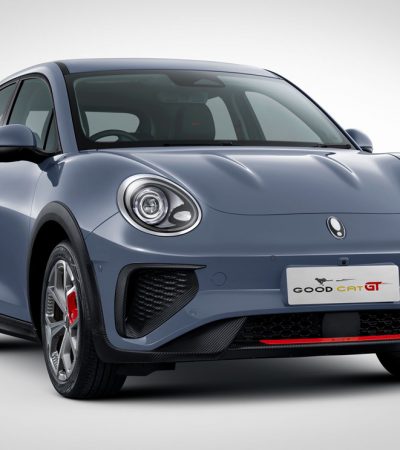- Buying Guide
- 6 Tips for buying first car
6 tips for buying your first car - How long should you keep it?
- Buying Guide
- Arif Chan
- April 12, 2021
- No Comments

This article is for people who drive their cars hard on a daily basis. I’m talking regular interstate journeys, always spending time in traffic, always carrying work stuff around, always driving on uneven roads, always avoiding potholes, sometimes used for Grab, and always under the scorching sun.
So, how do you go about getting your first car without jeopardizing your financial situation?
1. Get A New Car

Photo for illustration purposes only. I’m not implying that you go buy an Impreza
If you get a hand-me-down car from your family, then great. Congratulations. At least you don’t have to fork out your own money. But if you don’t, go get a new car for yourself. Yes, second hand cars are cheaper, but if you’re going to drive it hard every day it will cause occasional breakdowns. Yes, some old cars tend to have indestructible engine blocks and transmissions but it is the ancillaries that tend to fail.
A car has many systems and each system has potential to fail. The older the car, the higher the chances of wear & tear and parts failure. Unless you’re happy to diagnose an O2 sensor failure by yourself, do yourself a favour and get a new car.
2. Don’t Buy Newly Launched Models

Newly launched cars are new to everyone, including the staff members on the manufacturing line. Manufacturing processes have not been perfected yet and they haven’t received any feedback from customers. Take the CM Proton Persona as an example in this article (link).
Things such as side mirror blind spots and faulty electronics have been overlooked in the rush to meet production needs of the then newly launched Persona. Instead, wait until a facelift model has been introduced (on the same chassis) to make your purchase.
By this time, the manufacturer has received customer feedback and refinements have been made to the manufacturing process, hence reducing the rate of assembly errors.
3. Go as Basic as you can

The key phrase here being ‘as you can’. If you can go without 16” alloy wheels, opt for steel wheels instead. If you can go manual, go ahead and get the manual. Just remember that you’ll be driving in traffic most of the time. I would strongly suggest getting an automatic if carefree mobility is what you want. If you can do without steering wheel audio controls, go for the standard steering wheel instead. And if you can do without a reverse camera, don’t take it. All added features and gizmos are usually overpriced from the showroom.
4. Buy a Locally Assembled Car

We’re talking CKD cars so the likes of Honda, Toyota, and Nissan are included alongside Proton and Perodua. They are cheaper to maintain. OEM parts for CKD cars are available in large quantities locally and the tax is cheaper. Resale value is better and the service centres could communicate directly with the assembly plants. This means they should be able to handle technical difficulties better.
5. Stay Away From Cars With Low Resale Value

This is your first car. You’re most likely going to sell it after a few years when you start to have more demanding mobility needs. Cars are like clothes or shoes. They don’t last. The fancy classic cars you see on the road are only driven occasionally. Most of the time they are pampered and kept under plastic wraps. Indoors. It’s time for you to get real.
Do your bank account a favour and keep the value of the car rolling to purchase your next new affordable car. Remember, this is your sensible & economical daily driver. Not your prized nostalgic car collection. Similar to clothing and shoes, a daily driven car will eventually wear out.
6. Don’t Get Fancy

This is my personal opinion and your gauge of what is fancy and what is not may differ from mine. Remember again, this your first car. Don’t waste your money. Learn to resist the temptation of modifying your daily driver.
You could use the money for a sweet project car later on. Don’t upgrade to a racing ECU, don’t change your wheels, don’t cut your springs, don’t change your exhaust and intake, and don’t do anything that voids the warranty on your car. Just don’t. It’s your choice – sweet project car or a daily driver that constantly breaks down.
How Long Should You Keep Your First Car?

5 years or so depending on the car. Once the car starts to own you instead of the other way around, it’s time to change. Sudden breakdowns are not great. You bought the car for freedom of mobility.

Remember, it’s your first car and it’s a daily driver. It is a tool. If you really love cars and want to race at the track, go get yourself a used track car. If you like collecting classics and admire how they look, go ahead and collect them. Just don’t expect to be able to drive them hard.
Remember, first car = sensible, economical, reliable, & daily driven
Good luck with buying your first car.















Leave a Reply